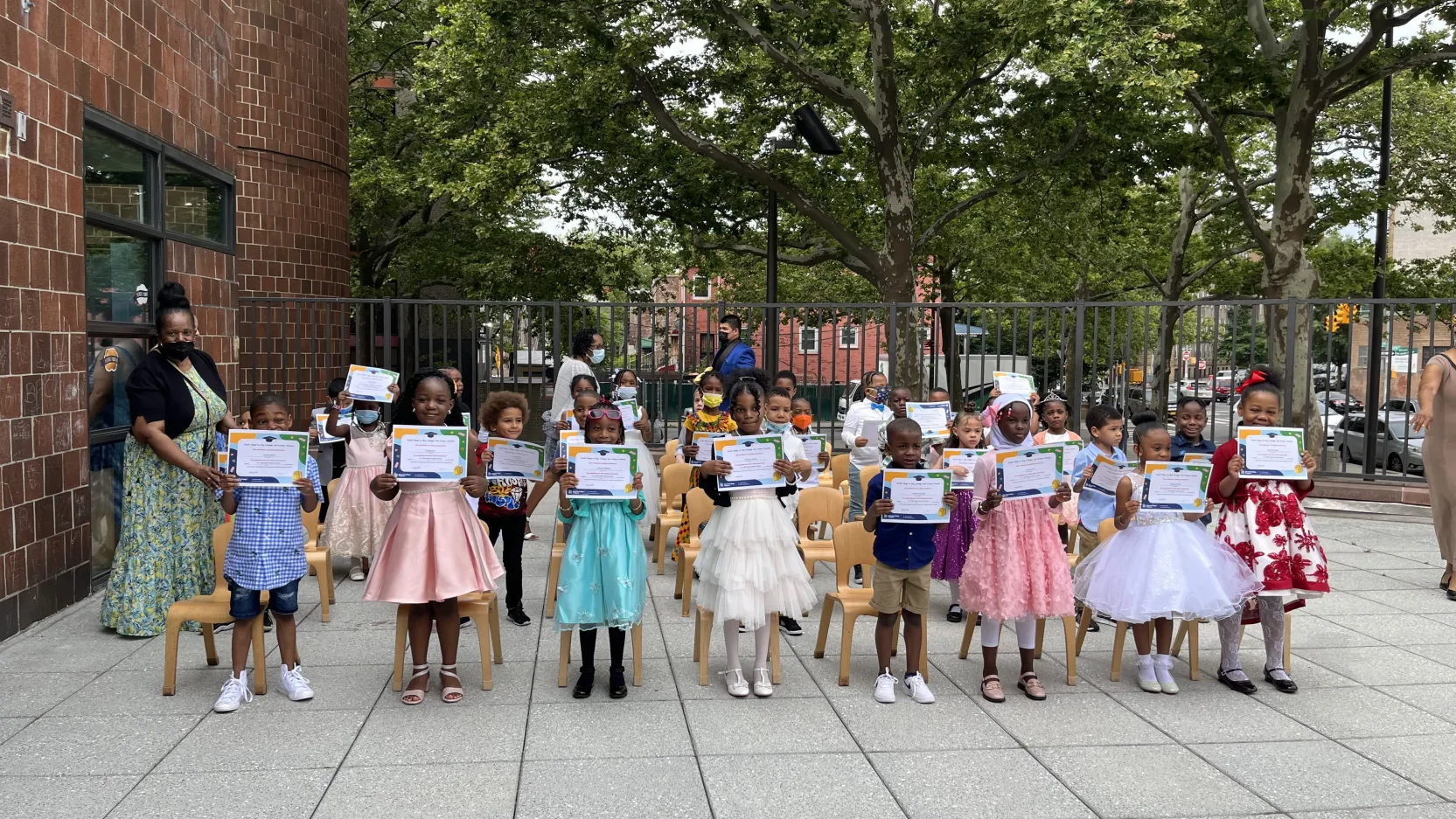Fifty-Eight percent of city charters shrank during COVID, even as the sector had grown overall

Before the pandemic, Principal Laurie Midgette’s Brooklyn charter school maintained a waitlist 300 names deep. But over the past three years, demand has receded, and her school’s enrollment has dropped by 16%.
It’s forced her to dial up recruitment efforts, advertising in movie theaters and on bus stops. With more open seats, the school is in the process of enrolling about 35 asylum-seeking students who recently arrived in New York.
“This is definitely, for us, a new phenomena,” said Midgette, who runs Cultural Arts Academy Charter School in Brownsville, referring to enrollment drops.

Brooklyn Boro
View MoreNew York City’s most populous borough, Brooklyn, is home to nearly 2.6 million residents. If Brooklyn were an independent city it would be the fourth largest city in the United States. While Brooklyn has become the epitome of ‘cool and hip’ in recent years, for those that were born here, raised families here and improved communities over the years, Brooklyn has never been ‘uncool’.